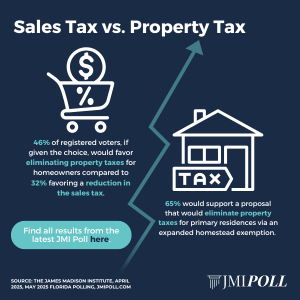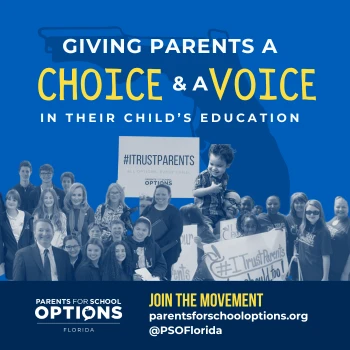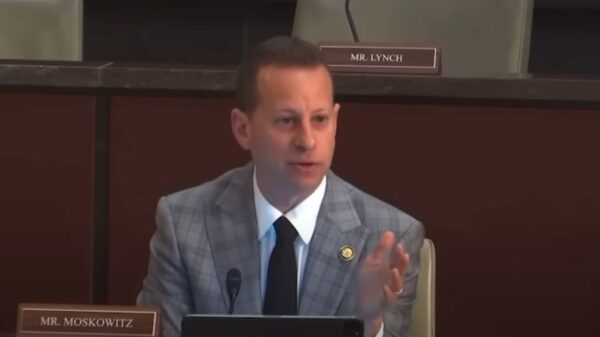Our country is embracing what might be a once in a lifetime effort to examine federal expenditures and seek pathways to reduce spending and create efficiencies in government programs. Commonly referred to as DOGE, a nickname for Department of Government Efficiency, it is not truly a new branch of government but rather an ad hoc effort led by two brilliant outsiders and seeking ideas from pretty much anywhere they can get them.
A US Senate report was recently released stating the following. “Just three percent of the federal workforce teleworked daily prior to the COVID-19 pandemic. Today, six percent of workers report in-person on a full-time basis, while nearly one-third are entirely remote,” “Most federal employees are eligible to telework and 90 percent of those are. Some come to the office as infrequently as once a week,” the report said. So, some reductions in expenditures will be easily identified and some might be easy to implement, however, it is likely the biggest obstacle to reforms and reductions will be members of Congress who will most certainly respond to ‘constituent’ outcries.
Naysayers are already claiming it can’t be done using the gross target of programs thought to be off-limits. You can already hear the wailing and gnashing of teeth about Social Security, Medicare, and Defense spending being off limits as if there is no fraud or waste to be found within those programs. I am thinking Elon Musk and Vivek Ramaswamy do not intend to suggest throwing Grandma out while searching for waste and inefficiencies. In a recent Wall Street Journal opinion piece these two suggested wrote that their initial aim will be to cut “the $500 billion plus in annual federal expenditures that are unauthorized by Congress or being used in ways that Congress never intended.” Musk had previously suggested the desire to ultimately find cuts of $2 billion in expenditures.
So in the interest of just one outsider making a few suggestions I will use this column to target a few line items in the US Department of Education budget, specifically in the Post Secondary realm, that might be appealing to the cost cutters.
Much has been made of the high costs of tuition. Public higher education in many states is largely subsidized by the taxpayers of those states, but a huge amount of student financial aid comes from D.C. Two areas of the budget under the Undersecretary’s realm in USDOE are Pell Grants and Student Loan Programs. Each of these areas could be altered and reduced while bringing greater accountability to each program. Too often, government spends without follow-up accountability and rethinking the effectiveness of programs. Private institution models rely on these same federal programs but also rely on using the assets of Peter to fund Paul. Tuition is to a large degree like purchasing seats on an airplane. Likely your seat mate paid a different fare, just as your dorm roommate is likely paying a different tuition. After acceptance to a school the offers begin on just how much a student is expected to pay. If you have a desired talent or ability the deal might change. It gets pretty complicated, one might think intentionally, and more so if other schools seek that same student.
There is talk about eliminating the Department of Education but the residue will still leave many programs in place, just under a different department heading. So target the programs under DOE and find ways to create cuts and improve efficiencies. Trump has voiced the concept of a federal online program, but it is hard to accept why creating another federal program adds anything but more costs. If his intentions are to blow up the tuition models, he just might succeed. He is prone to presenting a huge hammer to get the attention of those he thinks need to change.
It is likely schools taking huge amounts of federal money will begin to have performance metrics they will not like. History shows that schools which are using huge amounts of public money tend to shrink from government meddling, when what is going to occur is a greater evaluation of performance based on new metrics. Time to degree is likely to become a grading point and one way to speed that up is to limit the duration of Pell Grants and Student Loan programs
PELL GRANTS: Pell is one program that needs a deeper look. Pell is a ‘need based’ financial aid program that offers grants which do not need to be paid back, and the amount of eligible funding is based on students filling out the FAFSA form (Free Application for Federal Student Aid). In 2023-24 the maximum Pell Grant award was $7,395 and the minimum was $750. The maximum Expected Family Contribution (EFC) a student couldhave and still qualify for a Pell Grant award was $6,656.Students are eligible for Pell for twelve semesters, which is six years of undergraduate classes. If you are seeking cuts maybe putting the regular student pressure of four years of eligibility, cutting a significant expenditure. Establish minimum hours per year for eligibility. Students eligible for ‘year-round’ Pell can get 150% of the regular annual grant by going to summer school. Incentivize time to degree and reduce federal costs.
Consideration should be given to priority programs with perhaps increased funds for programs identified through state workforce programs as economic priorities for each state. Then fund grants based on set priorities based on needs.
STUDENT LOANS: The Biden administration made forgiveness of borrowed money and key element of their Bidenomics efforts. They, in essence, prioritized one group over others with no real focus on the impact of forgiveness. The programs themselves have severe deficiencies as well. Here is an example. Historically, students who have borrowed, say for medical school, and after graduation chosen to work either for government or for a not-for-profit hospital or organization, were given a pathway to have a significant amount of their loans forgiven. Now think this through. Why have a program of forgiveness that seeks to steer more people working for government? Take. For example, two students graduating as doctors, each owing $300,000 in federally guaranteed student loans. One goes to work for a community for profit hospital, perhaps treating the same or even more cases of lower income demographics, while the other doctor goes to work for a government or not-for-profit hospital. Both serve their communities. Both do the same work on similar types of patients, yet one gets to have a significant part of their loans wiped out while the other must pay the full amounts. Where is the good public policy in this model?
The list of programs needing review and restructure is a long list. Congress doing line item distributions of funds to state departments of education for distribution in programs like Pell would create efficiencies.
I have only touched on a few needing reform. What say you? Send your ideas to DOGE. They will need a lot of help.
Share on Truth Social






















